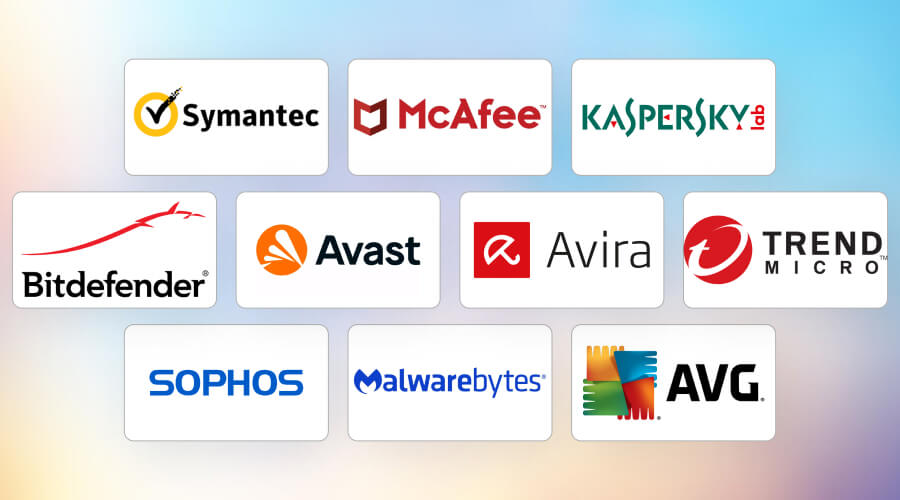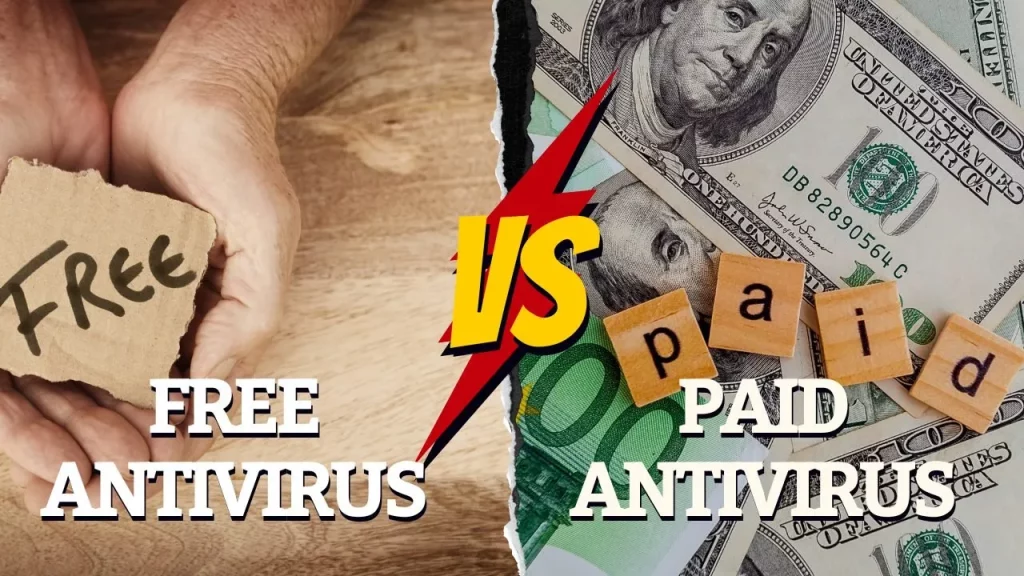In today’s digital age, children are growing up surrounded by technology — from school tablets and smart TVs to gaming consoles and social media platforms. While the internet offers incredible learning opportunities, it also exposes young users to a variety of online threats , including cyberbullying, phishing, inappropriate content, and even predators.
As parents and educators, it’s essential to teach kids how to navigate the online world safely and responsibly.
In this article, we’ll cover:
- Why children are at higher risk
- Common online threats for young users
- How to teach responsible online behavior
- Parental control tools and monitoring tips
Let’s dive in!

⚠️ Why Children Are at Higher Risk
Children are often more trusting and curious than adults — qualities that make them prime targets for online exploitation . They may not fully understand the risks of sharing personal information or interacting with strangers online.
🧠 Reasons Kids Are Vulnerable:
- Lack of awareness about privacy and scams
- Desire to fit in or impress peers
- Exposure to peer pressure and risky trends
- Use of devices without adult supervision
- Difficulty recognizing fake profiles or malicious links
Without proper guidance, children can easily fall victim to identity theft, cyberbullying, or exposure to harmful content.
🕵️ Common Online Threats for Young Users
Here are some of the most common digital dangers children face today:
🔒 1. Phishing & Scams
Kids might be tricked into giving away passwords, email addresses, or even credit card details through fake login pages or too-good-to-be-true offers.
Example: “Win a free iPhone! Just enter your parent’s credit card.”
😈 2. Cyberbullying
Bullying that happens online — through social media, messaging apps, or games — can cause serious emotional harm.
Signs: Withdrawal from devices, mood changes, reluctance to go online.
🤥 3. Fake Profiles & Catfishing
Scammers create fake identities to build trust with children, sometimes leading to grooming or manipulation.
Example: A « teenager » on a game chat who is actually an adult predator.
🎮 4. Malware via Games & Apps
Free mods, cheat codes, or third-party apps for popular games like Roblox or Minecraft can contain malware or spyware.
Risks: Device infection, data theft, unauthorized purchases.
📸 5. Inappropriate Content
Despite parental controls, children may accidentally or intentionally encounter adult content, violence, hate speech, or dangerous challenges.
🧑🏫 Teaching Responsible Online Behavior
Educating kids about internet safety doesn’t have to be scary — it should be empowering. Start early and keep the conversation open.
✅ Key Topics to Cover:
1. Privacy Matters
Explain what personal information is and why it shouldn’t be shared online (e.g., full name, address, phone number, school).
2. Think Before You Click
Teach kids to avoid suspicious links, pop-ups, or downloads — especially those promising something “free” or “exclusive.”
3. Recognizing Fake People & Offers
Help them understand that not everyone online is who they say they are. Encourage skepticism and questioning.
4. What to Do If Something Feels Wrong
Encourage open communication. Let them know they can come to you if they see something upsetting or feel uncomfortable online.
5. Respect Others Online
Promote kindness and discourage cyberbullying. Teach them that their words online have real-world consequences.
🛡️ Parental Control Tools and Monitoring Tips
Technology can help reinforce good habits and protect children when direct supervision isn’t possible.
🛠️ Top Parental Control Tools:
📋 Best Practices for Parents:
- Set clear rules for device use and online behavior
- Place family computers in common areas (not bedrooms)
- Review browser history and app usage regularly
- Use filters to block inappropriate websites
- Talk openly about online experiences — make it a regular topic
📝 Final Checklist: Is Your Child Safe Online?
✅ Have you talked to your child about internet safety?
✅ Do they know what personal information not to share?
✅ Are parental controls set up on all devices?
✅ Can they recognize suspicious messages or links?
✅ Do they feel comfortable coming to you if something goes wrong?
✅ Are devices used in shared spaces rather than private rooms?
💬 Final Thoughts
The internet is a powerful tool — but like any tool, it must be used wisely. By teaching children about online safety from an early age, you give them the knowledge and confidence to explore the digital world responsibly.
Stay involved, stay informed, and most importantly — keep the lines of communication open. Your guidance today can prevent heartbreak tomorrow.
Together, we can help our children grow up smart, safe, and digitally aware .



